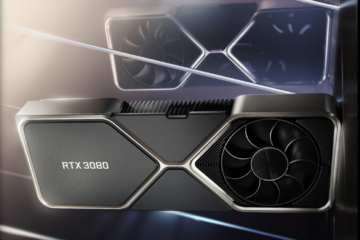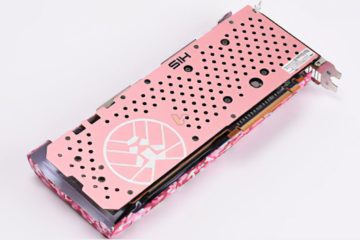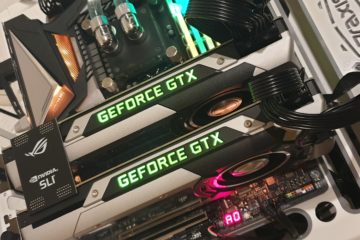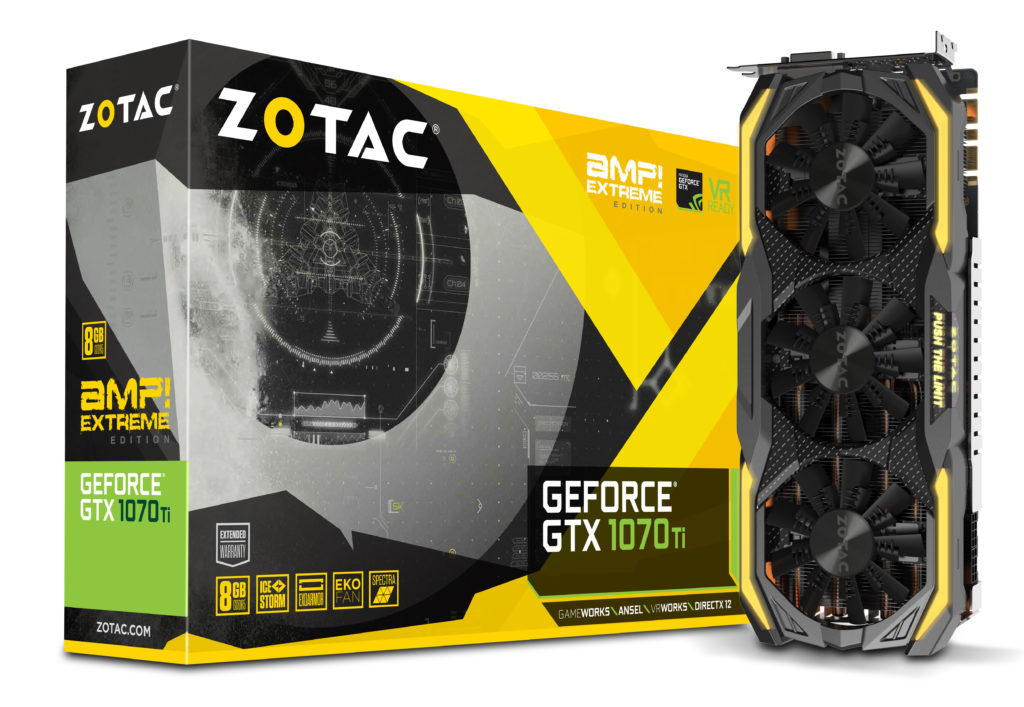
Hothardware recently did a nice review of two new GPU power houses, the Asus GTX 1070 Ti Strix and the Zotac GTX 1070 TI AMP Extreme. Both cards feature the manufacturers top of the line cooling solution, RGB lighting and nice looking backplates.
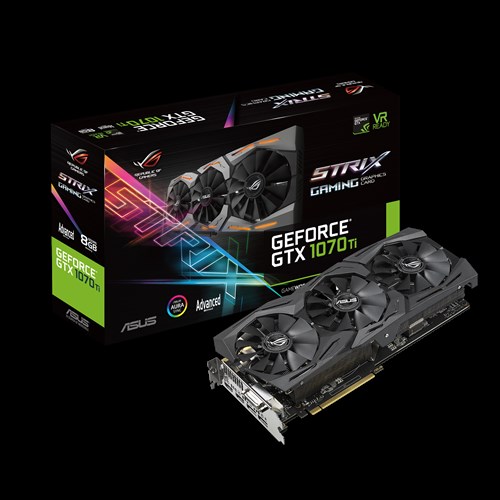
Nvidia introduced the GTX 1070 Ti as probably their last addition to the Pascal line-up. Performance wise the GTX 1070 Ti is a tad quicker than the regular GTX 1070, but a bit slower than the GTX 1080. With 2434 Cuda Cores and a baseclock of 1607/1683 mhz Base/Boost clock the GTX 1070 Ti features 25% more Cuda Cores than a GTX 1070, definitely closing in on the GTX 1080 with 2560 Cuda Cores.
Memory wise the GTX 1070 Ti uses the same GDDR5 @ 8.0 GHZ found on the GTX 1070. The GTX 1080 uses the more expensive and quicker GDDR5X @ 10GHZ.he memory bus of all three card is the same 256-bit.
The Zotac GTX 1070 Ti AMP Extreme comes in at the factory clocks of NVidia founders Edition 1607/1683 mhz. The Asus Strix GTX 1070 Ti is clocked @ 1683/1789 Base/Boost in OC mode. Once installed in your system the cards will profit from GPU Boost 3.0 and clock higher if there is enough temperature and voltage headroom. The Zotac GTX 1070 Ti Amp Extreme and the Asus Strix GTX 1070 Ti are good performers and clocked to 2.050 Mhz and 2.063 Mhz respectively.
| GTX 1070 Ti | GTX 1070 | |
| NVIDIA CUDA® Cores | 2432 | 1920 |
| Baseclock (MHz) | 1607 | 1506 |
| Boostclock (MHz) | 1683 | 1683 |
| Memory Speed | 8 Gbps | 8 Gbps |
| GPU Memory | 8 GB GDDR5 | 8 GB GDDR5 |
| Memory Interface | 256-bit | 256-bit |
| Memory Throughput (GB/sec) | 256 | 256 |
Enough about the endless mining debacle. We just have to cope and hope for better times. HHW tested both overclocked and stock gaming performance and 3D Mark Firestrike and Time Spy (Direct X 12). We will include a few of the results below.

Source Hot Hardware
The Rise of The Tombraider performs 15% better on the Geforce GTX 1070 Ti than of the non Ti version. Both the Zotac and Asus card perform identical. The min. FPS is a well known benchmark result from TRTR. I think this happens in between scenes of the benchmark where the cpu loads the next screen and the benchmark has already started. The min. framerates are therefore somewhat useless.

Source Hot Hardware
In this static benchmark the results are more or less the same as in The Rise of the Tombraider. The Ti versions have a 12% lead over the regular GTX 1070. Once overclocked as shown below the Asus has a very small lead over the Zotac but nothing to write home about.
Source Hot Hardware

Source Hot Hardware
In general the GTX 1070 Ti performs roughly 10% to 15% better than the GTX 1070 depending on the title, while consuming 10% more power. If you have to choose between the Asus and Zotac, today availability will be your first concern. Besides that, you can either choose for the very beefy and cool looking Zotac which performs a tiny bit better than the Asus Strix in games if no overclocking is applied. Once overclocked the results are the same giving the Asus card a lead with better support for synced RGB and 1 PCI-E connector instead of two on the Zotac. The asus card also features additional RGB fan connectors on the back of the card making us decide for the Asus Strix GTX 1070 Ti.
Source: HHW.
